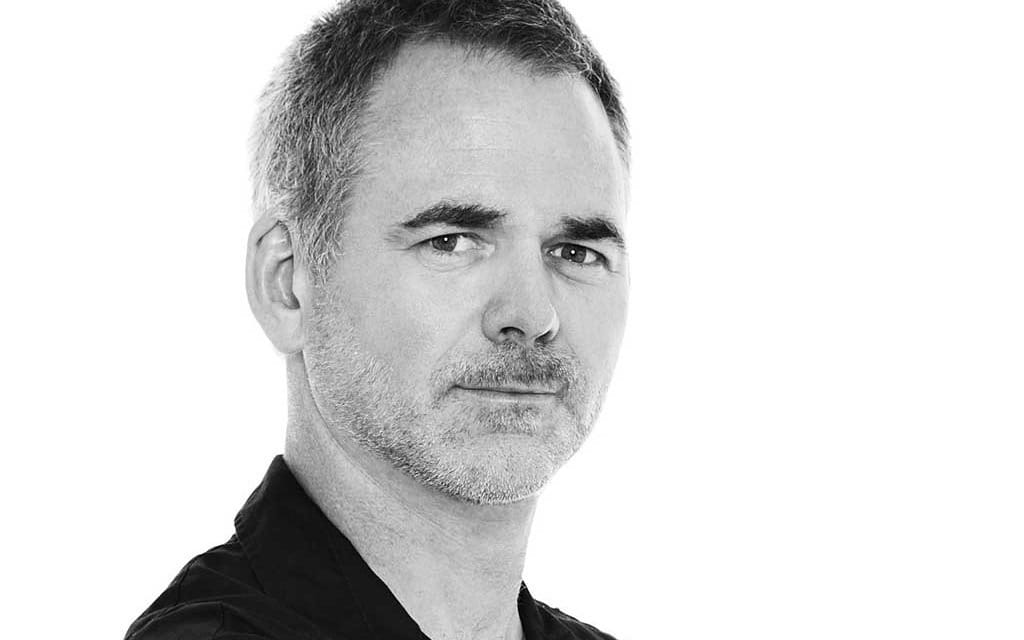By Neil Graham
He was tall, strong, mean and dirty. And for a summer I stood across from him and listened as he sang country songs. I was 17, working at a cement plant, and we were bricking the kiln. Every day we’d enter the five-metre-diameter tube and I’d bring him bricks that he would use to line the inside of the steel kiln. I hated his songs, and told him so. He leaned close, made a fist, and threatened me. He wasn’t joking. And then he sang louder.
Thirty years on, I love those country songs he used to sing. But that’s not the only way I’ve changed. I admire motorcycles that at one time I’d have dismissed as hideous. As a young motorcyclist I was a rigid traditionalist: a bike had to have a fuel tank that straddled a steel frame and the primary visual line (tracing the bottom of the fuel tank and extending along the seat) had to be parallel to the ground. The machines of the 1970s made sense to me, but the motorcycles of the ’80s confounded those senses. Aluminum frames dispensed with the flat line and joined the swingarm pivot with the headstock in a more-or-less straight line that ran diagonally across the machine. The motorcycle’s defining visual element — the fuel tank — went from an elongated teardrop to a triangulated block of cheese. I didn’t get it. No wonder. For much of the history of motorcycling, from the 1920s up to the 1980s, the design language didn’t change much. The relationship between the fuel tank and the engine and the wheels on a Cyclone board track racer can be recognized in a Kawasaki superbike from the ’70s.
Many riders continue to struggle with the contemporary motorcycle esthetic. Subscriber Tom Anguish, a frequent correspondent, wrote to me: “We want motorcycles that look like motorcycles should. A good-looking engine, spoked wheels, a round headlight and analogue instruments.” Anguish dismissed modern Ducati and Yamaha V-Max exhausts as the work of designers influenced by surrealist painter Salvador Dali. There was more. “Tell BMW that exhaust pipes exit on the right side.” Mr. Anguish rides a Harley-Davidson Super Glide.
I solicited columnist Michael Uhlarik for his thoughts. Michael is in his late 30s, and became aware of motorcycles in the mid-to-late ’80s. He told me that he couldn’t understand why anyone would want to be exposed to mechanical parts. To him a “proper” motorcycle was one clad in plastic. Working as a designer for Yamaha, Michael had to develop a working understanding of the naked motorcycle, which then led, he told me, to an appreciation of the parts that he once thought should be hidden.
The catalyst for my appreciation of the modern motorcycle — as it was for many enthusiasts of my generation — was Ducati’s 916 in 1994. Here was a “plastic” motorcycle that didn’t need to be appreciated merely in terms of a grudging respect for its mechanical capabilities. The 916 was beautiful — full stop. At the bike’s release I was startled by my attraction to it, and it marked the unraveling of my rigidly bound views on motorcycle design. Maybe there was nothing intrinsically wrong with contemporary motorcycle design after all — it just took a stunning design to prove it.
After the 916, the Norton Commando in my shed looked a little old fashioned. And then I noticed an early GSX-R in my neighbourhood. It was fully faired and yet didn’t surrender any of its mechanical potency because its engine wasn’t fully exposed. Perhaps its reputation was even fortified by having its fearsomely powerful (for the era) engine tucked seductively half out of view.
Having had the opportunity to ride many of the machines made in the last decade, I’m a firm believer in the here-and-now of motorcycling. A Gold Star or a Laverda Jota or a Moto Guzzi LeMans are just as desirable now as they were in their day, but most old bikes, just like old cars, are entirely forgettable and deservedly forgotten. Men quiver at the knees in the presence of a Vincent Black Shadow, but I’m more impressed by Ducati’s Panigale Superleggera and its mouth-watering tour of the periodic table (as Steve Thornton cleverly put it). Chrome is garish, but the muted tones of magnesium and titanium are single-malt to my senses.
The enduring popularity of cruisers and retro motorcycles is proof that much of the public is unwilling to accept what the modern motorcycle has become. Nearly every brand makes a machine today directly influenced by an American motorcycle from 80 years ago. Look at Triumph’s new Thunderbird LT. Then look at a ’40s Indian or a ’50s Panhead — there’s not much of a difference. Triumph — a thoroughly modern company more adept than most at discerning what people want to buy — has a lineup peppered with cruisers and retro bikes that look nothing like the sport or touring bikes in its lineup. This practice is so commonplace that we think nothing of it, but could you imagine Triumph in 1950 making replicas of its 1920s back catalogue?
I’m unconvinced of the virtues of retro-themed motorcycles. KTM’s Super Duke, or Aprilia’s Tuono, or the Ducati Monster 1200 are more vibrant, functionally superior, and mechanically charismatic than a bike pretending to be four decades old. Just think of all the things in life you summarily dismissed, then grudgingly accepted, and then, finally, learned to love — then challenge yourself to do the same with motorcycles.






